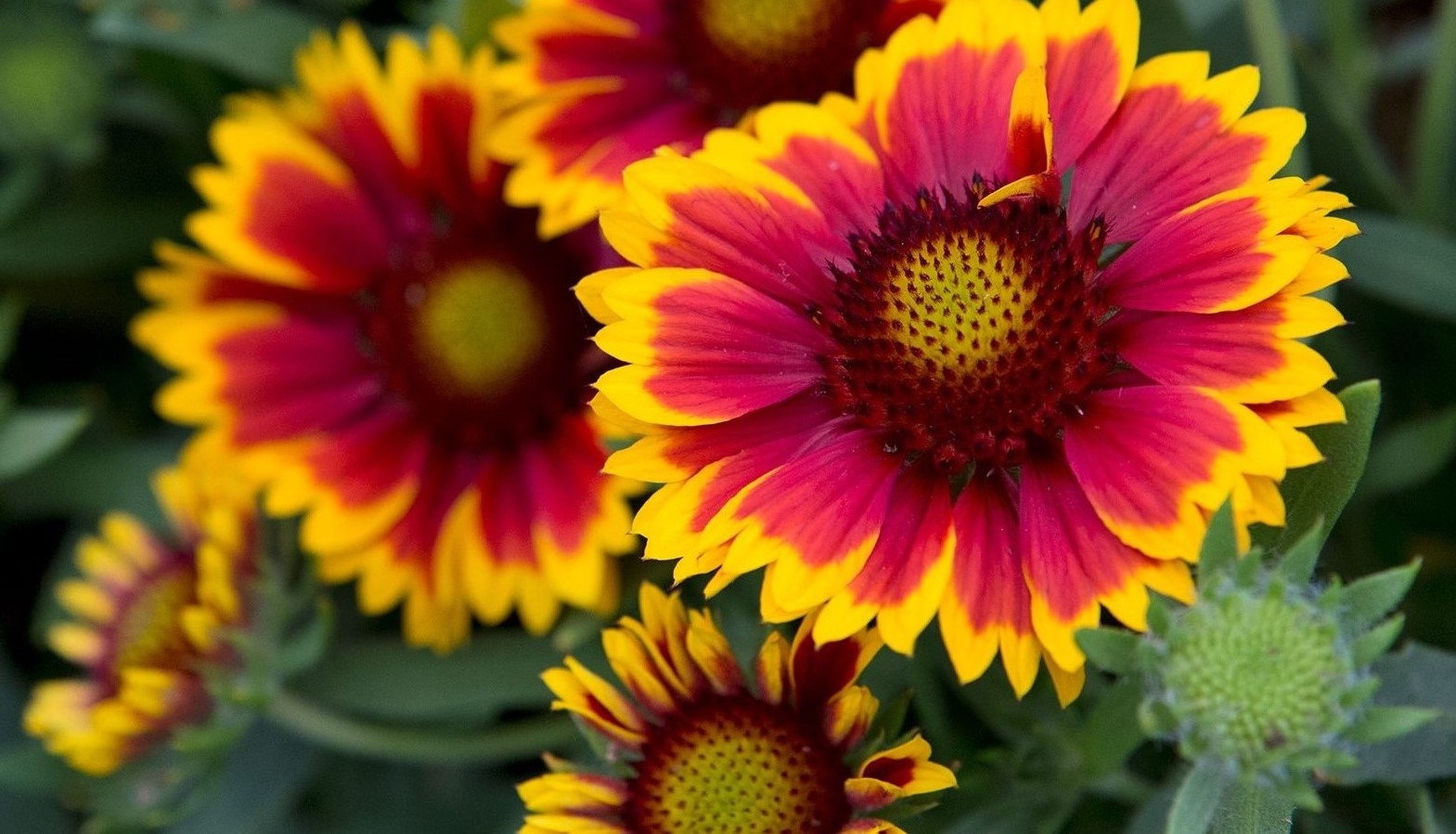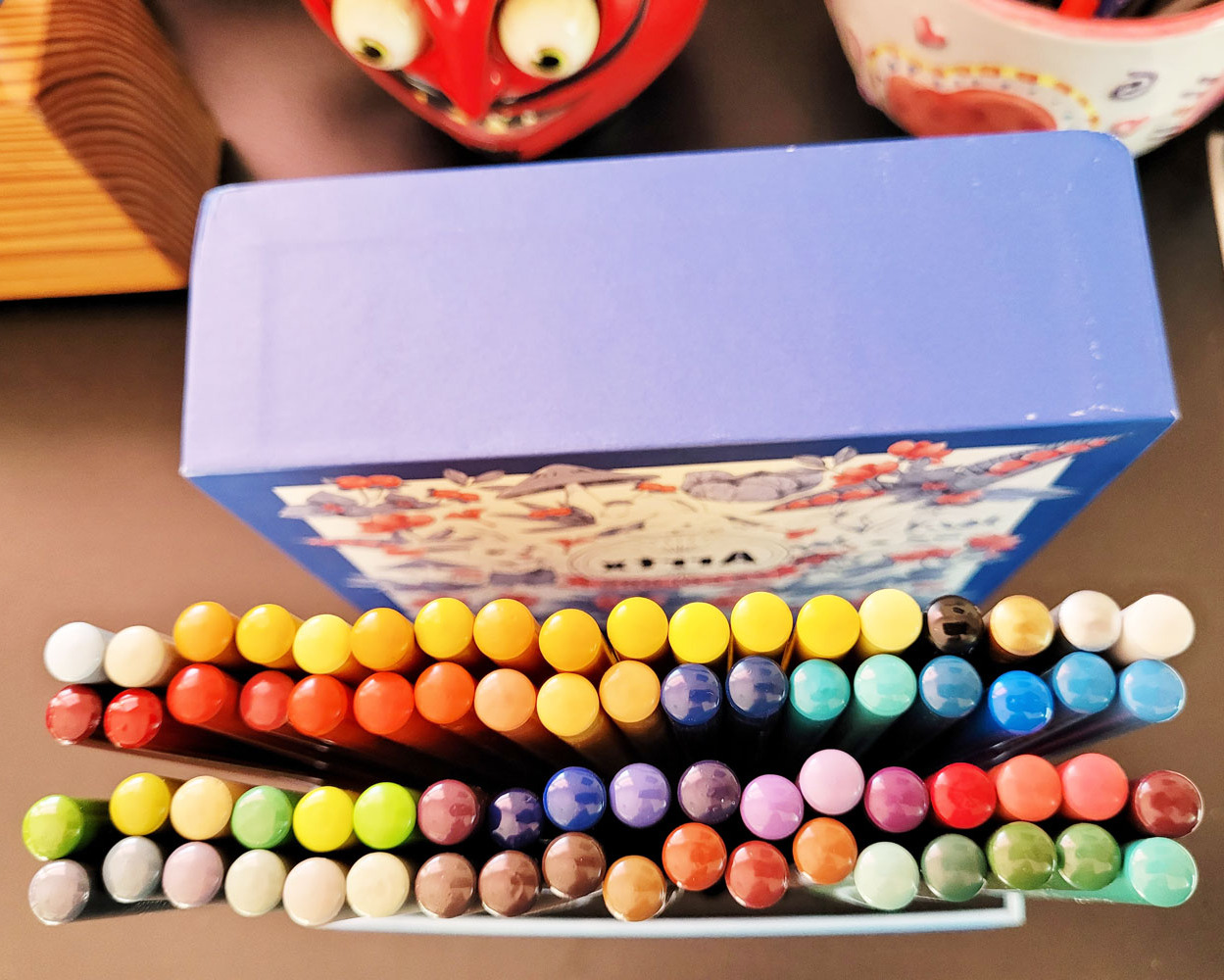
Gaillardia, commonly known as Blanket Flower, is a beautiful and hardy flower that captures the hearts of gardeners and nature enthusiasts alike. With its vibrant colors, unique shape, and remarkable resilience, there is no wonder why gaillardia has become a favorite choice for gardens and landscapes around the world.
In this article, we will uncover 19 surprising facts about gaillardia that will deepen your appreciation for this stunning flower. From its origins and cultural significance to its ecological benefits and medicinal properties, you will discover the fascinating aspects of gaillardia that make it more than just a pretty flower. So, put on your gardening gloves and get ready to explore the extraordinary world of gaillardia!
Key Takeaways:
- Gaillardia, also known as blanket flower, is a vibrant and hardy perennial plant that belongs to the sunflower family. Its stunning range of colors and drought-tolerant nature make it a perfect addition to any garden.
- Gaillardia is not only beautiful but also attracts pollinators like bees and butterflies. It symbolizes strength and courage, making it a resilient and low-maintenance choice for gardens.
The Gaillardia flower belongs to the sunflower family.
Gaillardia, also known as blanket flower, is a vibrant and hardy perennial plant that belongs to the Asteraceae family, which includes popular flowers like sunflowers and daisies.
Gaillardia comes in a variety of colors.
From fiery reds and oranges to brilliant yellows, Gaillardia flowers are known for their stunning range of colors. These colorful petals, often with eye-catching patterns, make Gaillardia a highly desirable plant for gardens and landscapes.
Gaillardia is a drought-tolerant flower.
One of the remarkable characteristics of Gaillardia is its ability to thrive in dry conditions. It is well-adapted to arid environments, making it a perfect choice for gardens in regions with limited water resources.
Gaillardia attracts pollinators.
The vibrant petals of Gaillardia serve as a magnet for bees, butterflies, and other pollinators. These insects are drawn to the flower’s nectar, assisting in the pollination process and contributing to the biodiversity of the surrounding area.
Gaillardia is native to North and South America.
This beautiful flower is indigenous to the Americas, with different species found across various regions. It can be found in meadows, prairies, and dry open areas, adding a burst of color to the natural landscape.
Gaillardia is easy to grow.
Whether you are a seasoned gardener or a beginner, Gaillardia is a great plant to grow as it is low-maintenance and easy to cultivate. With the right soil conditions and minimal care, you can enjoy the beauty of Gaillardia in your own backyard.
Gaillardia blooms throughout the summer.
Once Gaillardia starts blooming, you can expect a vibrant display of flowers throughout the summer season. Its long-lasting blooms make it a popular choice for adding bursts of color to gardens and floral arrangements.
Gaillardia is a symbol of strength and courage.
In Native American cultures, Gaillardia is often considered a symbol of strength and courage. Its ability to withstand harsh conditions and still bloom brilliantly is seen as a representation of resilience and endurance.
Gaillardia is also used in herbal medicine.
Aside from its visual appeal, Gaillardia has been used for its medicinal properties. It is believed to have anti-inflammatory and analgesic effects and has been used in traditional medicine to treat various ailments.
Gaillardia flowers can be dried for crafts.
The unique appearance of Gaillardia flowers makes them ideal for drying and using in crafts. The dried flowers can be incorporated into wreaths, potpourri, or even used to create homemade paper.
Gaillardia is resistant to pests and diseases.
Compared to many other plants, Gaillardia is relatively resistant to common pests and diseases. This makes it an attractive choice for gardeners looking for low-maintenance plants that require minimal intervention.
Gaillardia seeds can be harvested for future plantings.
If you want to expand your Gaillardia collection or share it with fellow gardening enthusiasts, you can harvest the seeds from the flowers and use them for future plantings. This allows you to propagate the flower and enjoy its beauty year after year.
Gaillardia flowers have a long vase life.
When cut and placed in water, Gaillardia flowers can last for an extended period. Their vibrant colors and unique shape make them a popular choice for floral arrangements and bouquets.
Gaillardia is a favorite among butterflies.
Butterflies are particularly attracted to Gaillardia flowers due to their vibrant colors and abundant nectar. Planting Gaillardia in your garden can help create a butterfly-friendly environment and contribute to their conservation.
Gaillardia is named after a French botanist.
The genus name “Gaillardia” is derived from the surname of French botanist Gaillard de Marentonneau. His contribution to the study of plant classification led to the recognition of this beautiful flower.
Gaillardia can be grown from seeds or transplants.
If you want to start growing Gaillardia, you have the option to sow seeds directly in the soil or purchase transplants from nurseries. Both methods can result in successful plant growth, allowing you to enjoy Gaillardia’s beauty in your garden.
Gaillardia is adored by hummingbirds.
In addition to butterflies, Gaillardia flowers also attract hummingbirds. These tiny birds are drawn to the nectar-rich blooms and can often be spotted hovering around the plants, adding an enchanting touch to any garden.
Gaillardia is suitable for xeriscaping.
Due to its ability to thrive in dry conditions, Gaillardia is an excellent choice for xeriscaping. Xeriscaping is a landscaping technique that focuses on water conservation, making Gaillardia an environmentally friendly option for drought-prone areas.
Gaillardia adds color to wildflower meadows.
Given its stunning colors and natural ability to thrive, Gaillardia is often included in wildflower meadows and prairie restorations. Its presence adds a vibrant touch to these natural habitats and attracts pollinators and wildlife.
These 19 surprising facts about Gaillardia showcase the beauty, versatility, and unique characteristics of this stunning flower. Whether you are a seasoned gardener or just starting your gardening journey, Gaillardia is sure to bring joy to your outdoor space with its vibrant colors and ability to attract pollinators. From its drought-tolerant nature to its medicinal uses, Gaillardia continues to captivate nature enthusiasts around the world. So why not consider adding Gaillardia to your garden and experience the wonders of this remarkable flower?
Conclusion
In conclusion, Gaillardia is a fascinating and versatile plant that offers a range of surprising facts. From its vibrant and eye-catching flowers to its ability to attract pollinators and repel pests, Gaillardia is a great addition to any garden. Its ability to tolerate drought and its adaptability to various climates make it a low-maintenance option for both experienced gardeners and beginners alike. Additionally, its medicinal properties and historical significance add depth to this already captivating plant. So, whether you’re looking to enhance the aesthetic appeal of your garden or explore the hidden wonders of nature, Gaillardia is a plant that should not be overlooked.
FAQs
Q: Are Gaillardia plants easy to grow?
A: Yes, Gaillardia plants are generally easy to grow. They are hardy and can tolerate a wide range of soil conditions and climates. They require minimal maintenance and are drought-tolerant, making them an ideal choice for beginner gardeners.
Q: How often should I water Gaillardia plants?
A: Gaillardia plants are adaptable and can tolerate dry conditions. It is best to water them deeply and infrequently, allowing the soil to dry out between waterings. This will encourage the roots to grow deeper and make the plant more resistant to drought.
Q: Do Gaillardia plants attract pollinators?
A: Yes, Gaillardia plants are known to attract various pollinators such as bees, butterflies, and hummingbirds. Their bright, daisy-like flowers act as a magnet for these beneficial insects, making them a great addition to any pollinator garden.
Q: Can I use Gaillardia for medicinal purposes?
A: Yes, Gaillardia has been used in traditional medicine for its various medicinal properties. The plant contains compounds that have antioxidant and anti-inflammatory effects. It has been used to treat conditions such as sore throats, skin infections, and digestive issues.
Q: How long do Gaillardia flowers bloom?
A: Gaillardia flowers have a relatively long blooming period. They typically bloom from early summer to fall, providing a burst of color in the garden for several months.
Gaillardia's vibrant colors and easy-to-grow nature make it a beloved addition to gardens worldwide. If you're curious to learn more about this stunning flower, explore our other articles that delve into the intriguing world of Gaillardia. From the captivating Gaillardia pulchella to the astonishing facts surrounding this genus, there's always more to uncover. Don't miss out on the opportunity to expand your knowledge about the charming blanket flower and its many varieties. Dive into our informative articles and let your fascination with Gaillardia bloom!
Was this page helpful?
Our commitment to delivering trustworthy and engaging content is at the heart of what we do. Each fact on our site is contributed by real users like you, bringing a wealth of diverse insights and information. To ensure the highest standards of accuracy and reliability, our dedicated editors meticulously review each submission. This process guarantees that the facts we share are not only fascinating but also credible. Trust in our commitment to quality and authenticity as you explore and learn with us.


